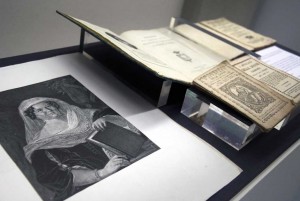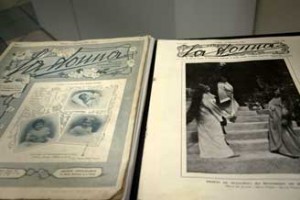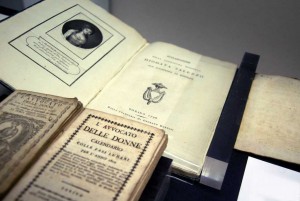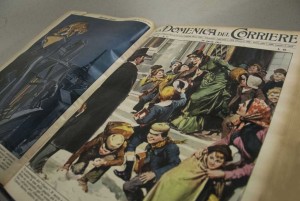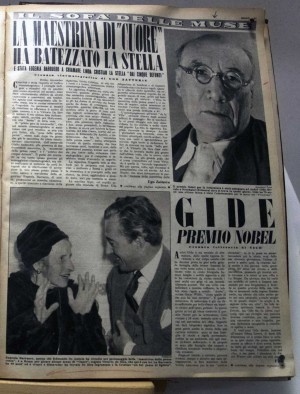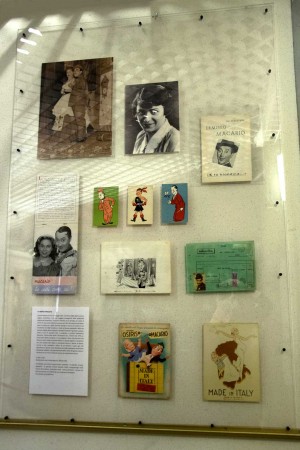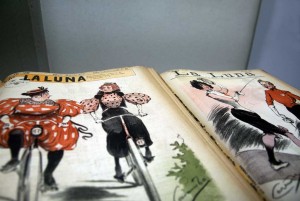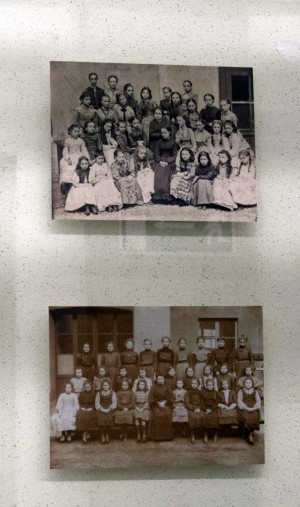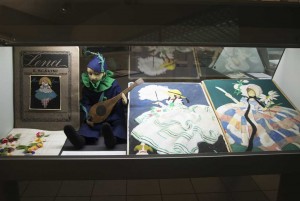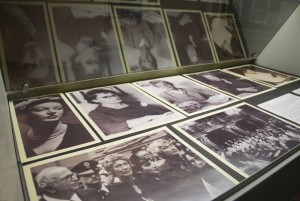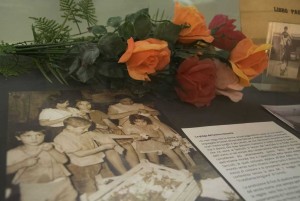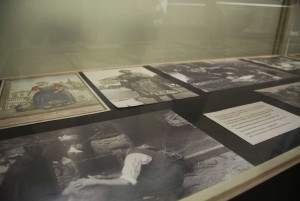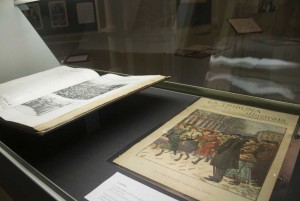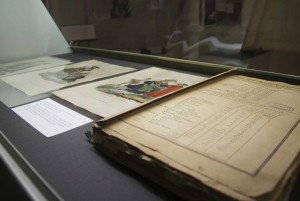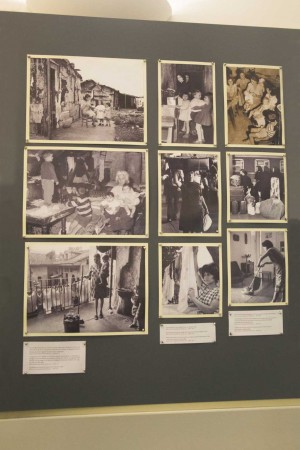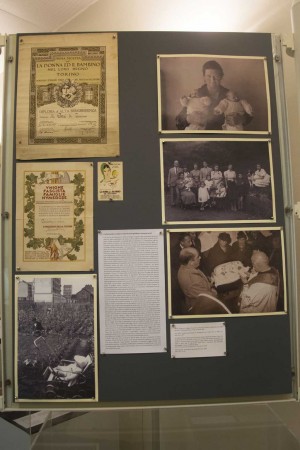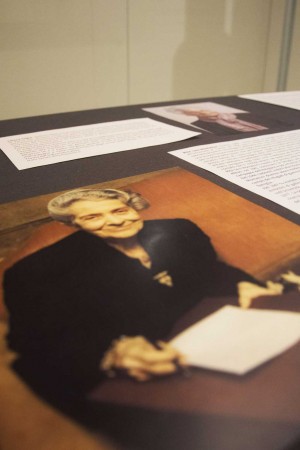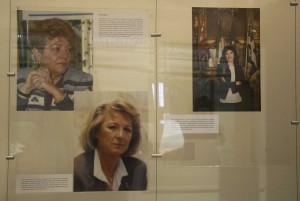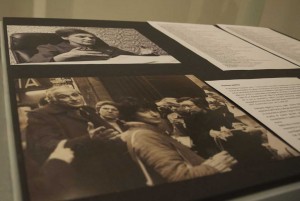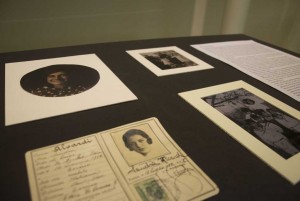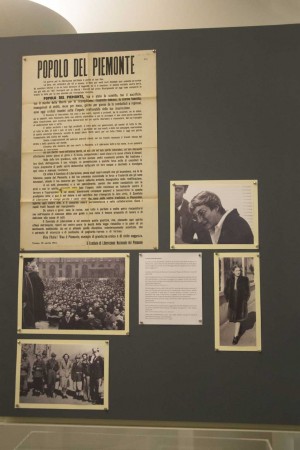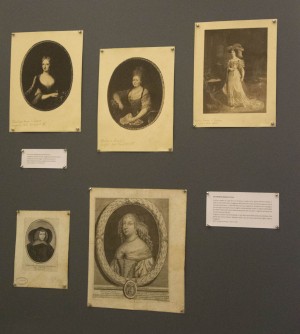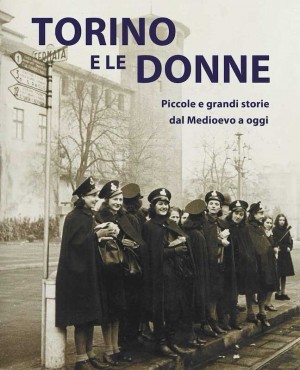Turin and women. Small and big stories from the Middle Ages to today - Female readings
"Turin and women". Section: Female readings.
Archivio Storico della Città di Torino, on display from October 6, 2021 to March 31, 2022.
Women and press
Also newspapers and magazines become aware of women’s interest in exploring subjects such as literature, social life and fashion.
In 1889, the new paper “il Giornale delle donne” (Women’s Paper) aims at “education through enjoyment; the purpose is to make women forget for a while the heavy daily tasks and help them to fight and win the everyday life battles”.
“La Donna” (Woman), founded in 1905 in Turin by Nino Caimi and published every two weeks, was an illustrated supplement to the newspaper La Stampa. Due to its open-minded peculiarity it favourably accepted different viewpoints and creative writings; it usually published texts by writers such as Carola Prosperi, Amalia Guglielminetti and Barbara Allason.
Between the eighteenth and nineteenth centuries
There were also female protagonists in the literary field between the eighteenth and nineteenth centuries; in particular we remember:
Among the publications dedicated to women, in an exhibition showcase we find "The women's advocate. Moon phase calendar for the year 1810" (and 1816). The opening words of this book reads as follows:“A new source of trouble for women could be a sort of uncontrolled impatience in reading. Works of literature entice women to read so that young and adults spend much of their time day and night to delight themselves with such consuming passion. Constant reading causes nervous diseases, not to sleep a wink, no physical activity: such unusual bad habits result in poor digestion and in the end a damage to health.”
The importance of Emilia Mariani
Emilia Mariani (Turin, 1854 - Florence, 1917) has spent her entire life in teaching, seen as a mission, in the passion for writing, in the struggle for women's emancipation and for women's right to vote, a feminist ante litteram. Her thoughts and writings were collected after her death in a small volume, published in 1918 by the pro voto women committee, to whose foundation she contributed decisively in 1906.
The "teacher with the red pen"
Perhaps not everyone knows that one of the characters in the book Cuore most loved, the little teacher with the red pen (on the hat, as you can see below in the table of "La Domenica del Corriere" dedicated to her in April 1957), was a truly existed and lived in Turin, in Largo Montebello: her name was Eugenia Barruero, born in 1860.
We then find her in the magazine «Oggi» in 1947 when, more than eighty, she went to Rome as a consultant for the film Cuore directed by Vittorio De Sica. Mrs Barruero told the troupe that she had met De Amicis when she taught at the municipal school in via della Cittadella and that she had been the teacher of her second son, Ugo.
Note
CLICK ON THE CAPTIONS OF THE PHOTOS BELOW TO CONTINUE
(Mostra a cura di Maura Baima, Luciana Manzo, Fulvio Peirone. Segreteria: Anna Braghieri. Progetto espositivo: Ottavio Sessa. Allestimento: Gisella Gervasio, Manuela Rondoni. Riproduzioni fotografiche: Giuseppe Toma, Enrico Vaio. Foto web: Deborah Sciamarella. Collaborazioni: Andrea D'Annibale, Massimo Francone, Omar Josè Nunez, Anna Maria Stratta. Per MuseoTorino: Caterina Calabrese, Surya Dubois Pallastrelli, Diletta Michelotto. Traduzioni: Surya Dubois Pallastrelli, Laura Zanasi).

